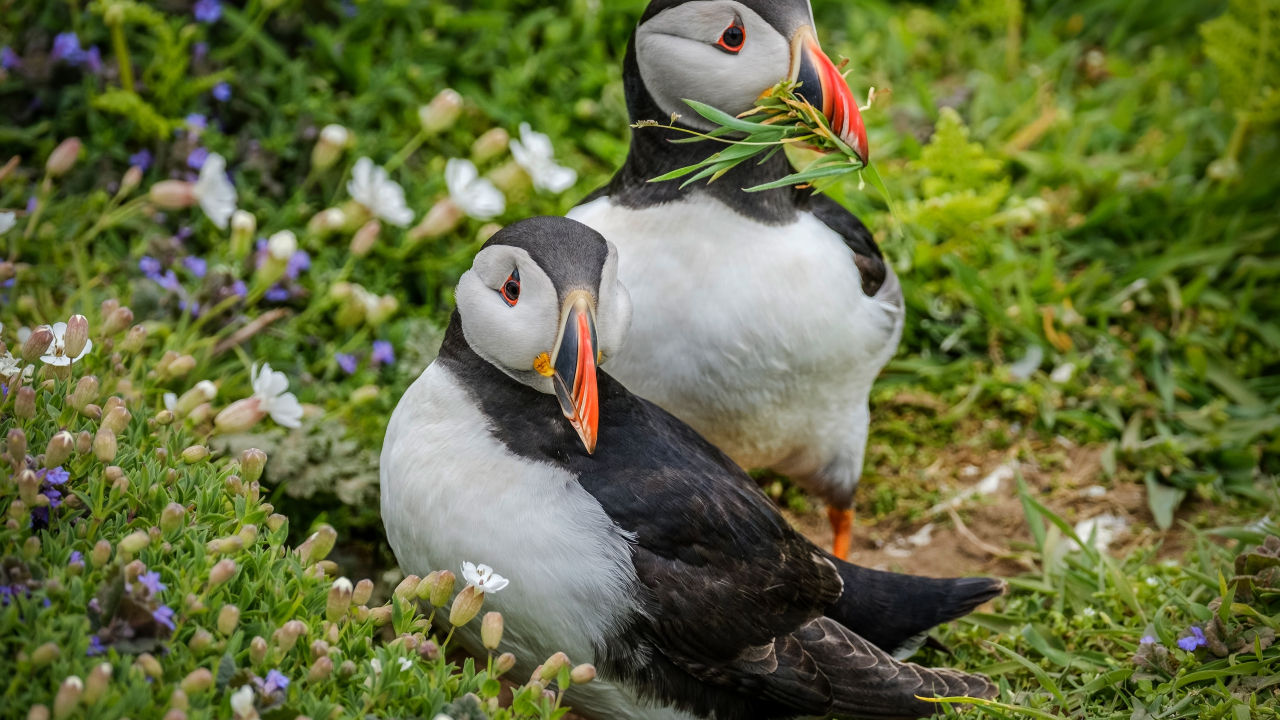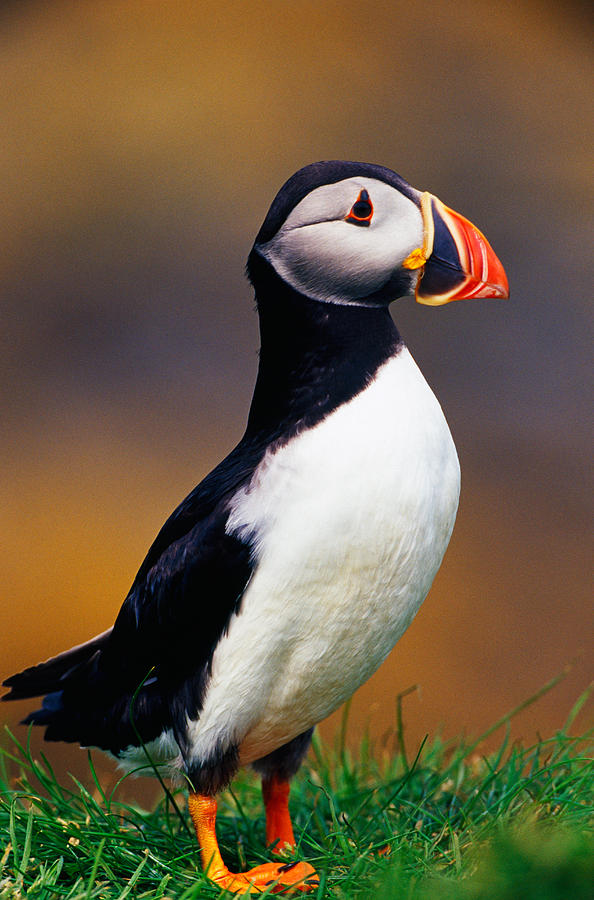
It is an Anglo-Norman word ( Middle English pophyn or poffin) used for the cured carcasses. The vernacular name puffin – puffed in the sense of swollen – was originally applied to the fatty, salted meat of young birds of the unrelated species, the Manx shearwater ( Puffinus puffinus), formerly known as the "Manks puffin". The specific name cirrhata is Latin for "curly-headed", from cirrus, a curl of hair. The scientific name Fratercula comes from the Medieval Latin fratercula, friar, a reference to the black and white plumage which resembles monastic robes. The tufted puffin was first described in 1769 by German zoologist Peter Simon Pallas. Now that you know so much about Atlantic puffins, you surely want to see them for yourself! In the maritime regions of Québec, you can observe Atlantic puffins on Brion Island, in the Îles de la Madeleine, as well as in the Mingan Archipelago National Park Reserve, in Côte-Nord.Tufted puffins in Tokyo Sea Life Park Taxonomy Worldwide, Atlantic puffin population estimates range from 6 to 8 million about half a million are found in Canada. In addition, they are vulnerable to oil spills since they spend most of their lives in water. Each year, hundreds of puffins also get caught in fishing nets. They can live about 25 years.Ītlantic puffins are at risk from great black-backed gulls, which attack the adults, and herring gulls, which tend to attack the fledglings. Puffin couples mate for life and return to the same burrow year after year. Fledglings are particularly vulnerable because they are unprotected by their parents, exposed to predators and easily disoriented by lights. By morning they are at sea, often far from the colony. Chicks normally leave the nest after about 40 days, usually under the protection of darkness, by dropping over the edge of a cliff.

Females lay a single egg, which both mates take turns incubating. Every year, generally between April and August, they breed on land, but even then, they spend a lot of time in the water.īreeding usually begins at about four or five years of age. Their bills and heads cut through the water, while their legs and feet act as rudders. Their long compact bodies are streamlined and strong they also have short wings and powerful wing muscles. They are very well adapted to swimming underwater. Puffins spend most of their time at sea, swimming, diving and feeding on small marine animals, mainly fish such as capelin and sand lance.

On land, puffins stand upright and generally move by hopping. They also have trouble landing and often crash on land or water. As a result, they have difficulty becoming airborne and must flap their wings very fast (300 to 400 beats per minute) to maintain flight. They have small wings and are poor fliers. Males and females have identical colouring.Ītlantic puffins are about 30 cm (12 in.) high, similar in size to pigeons. The upper parts of their bodies (top of the head, back and wings) are black, while their underbellies are white. They also have yellow fleshy rosettes at the base of their bills.

The eye itself is surrounded by an orange marking and within a large greyish white patch.
#PUFFIN BIRD SKIN#
Their faces are distinctive as well: their eyes appear triangular because of a peaked area of horny blue-grey skin above them and a rectangular patch below. By travelling to our regions, you will have the opportunity to observe this bird in Côte-Nord and the Îles de la Madeleine.Ītlantic puffins are easy to identify: their broad and triangular parrot-like beaks have orange, yellow and slate-grey markings, while their legs and webbed feet are bright orange. The Atlantic or common puffin ( Fratercula arctica), nicknamed “sea parrot” or “clown of the sea,” is a seabird in the auk family (Alcidae) that is only found in the northern hemisphere.


 0 kommentar(er)
0 kommentar(er)
